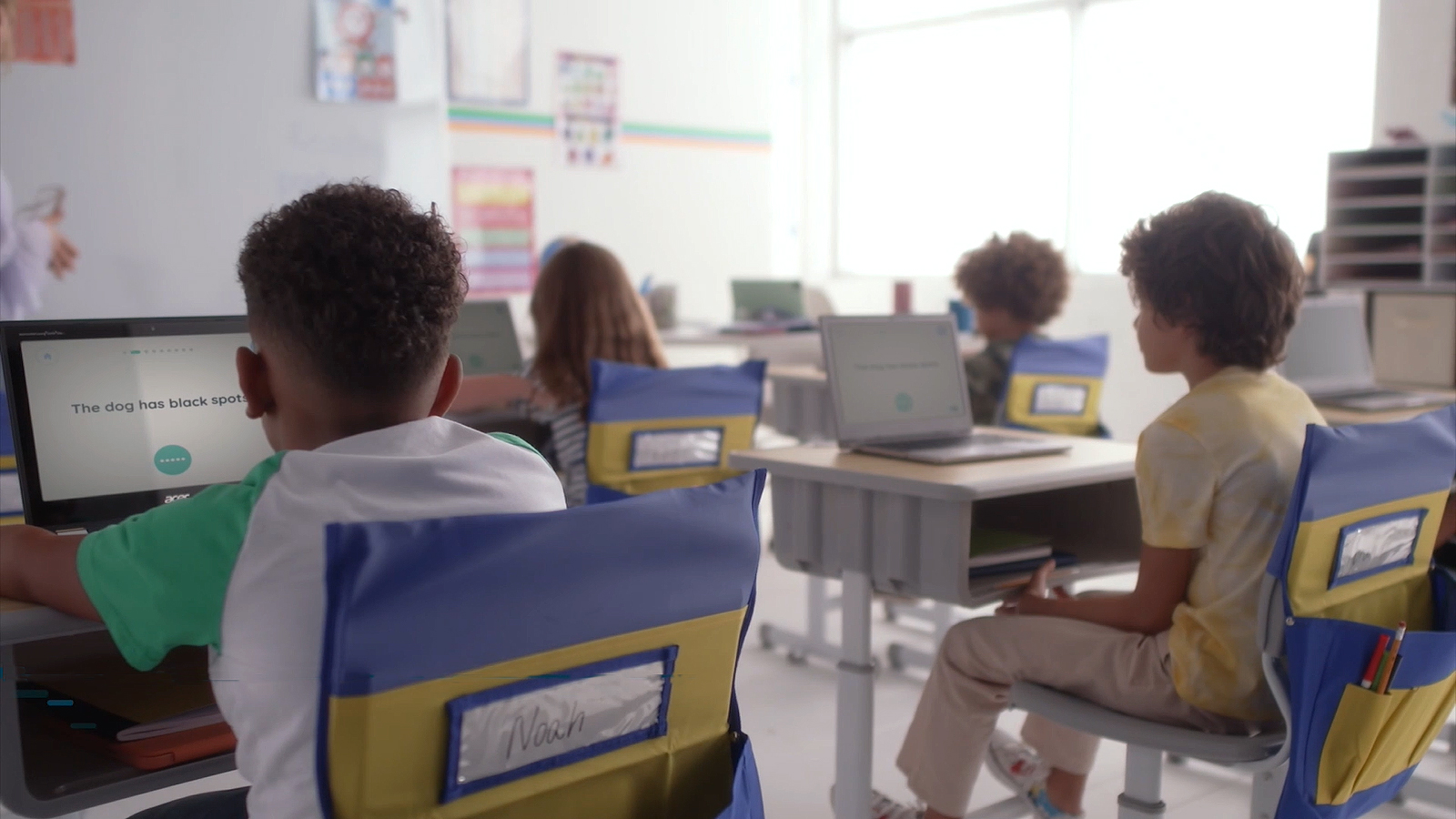How schools are using voice AI to teach students how to read
April 14, 2023

How are schools using voice AI to teach reading?
In a recent EdSurge article, author Olina Banerji explores how some schools are incorporating voice-enabled literacy learning experiences — from companies like Scholastic, EarlyBird Education, Amplify, and Imagine Learning — into their suites of reading tools and programs.
Banerji’s article covers the companies powering these voice-enabled experiences, including SoapBox, and explains how our technology works — by listening to students read out loud and providing feedback to teachers about a child’s pronunciation, reading fluency, accuracy, and more.
The benefits of voice AI in reading
“Voice technology has injected reading practice with the kind of feedback that was only possible with one-on-one tutoring before.” As Banerji notes in her piece, given the large drops in reading scores, immediate and interactive feedback from voice-powered reading tools can be a game-changer for struggling students and their teachers.
She highlights additional benefits of voice-enabled reading tools in her piece, including that they:
- Act as a teacher’s “wingman” in the classroom, saving them time and providing instant pronunciation feedback at the phonemic level.
- Drive more personalized learning experiences for students and help teachers individualize instruction.
- Are helping to drive an improvement in students’ reading scores in classrooms across the US
- Can power the early identification of reading challenges such as dyslexia. (Companies like EarlyBird Education are a great example of the application of voice in dyslexia screening.)
Voice AI in education is here to stay
Voice-enabled learning tools are not a substitute for classroom teachers, who are essential to instruction, student feedback, and creating a supportive and engaging learning environment for all children in the classroom.
But as voice technology becomes more common in classrooms across the US, teachers — and their students and parents — are recognizing the utility and value of voice-enabled tools to engage students in more meaningful and impactful learning experiences using their voices.
Voice technology has injected reading practice with the kind of feedback that was only possible with one-on-one tutoring before.
Olina Banerji, EdSurge
Our voice AI has been built specifically for kids and delivers on three core principles of thoughtful technology in the classroom:
- Accuracy: As accurate as a trained educator
- Reliability: Offering consistent and reliable feedback and data
- Equity: Works equally well for all children regardless of age, accent, or dialect
Learn how to voice-enable your learning tools
Ready to voice-enable your K-12 learning tools? Email us at hello@soapboxlabs.com or complete our Get Started form, and we’ll be in touch to discuss your use case.




